In 2022, the MPV segment is introducing two attractive newcomers, the Toyota Veloz and the updated Mitsubishi Xpander. These two models will compete for the top spot in the affordable 7-seat segment in the Vietnamese market.
Youthful and modern exterior design
The Mitsubishi Xpander has an advantage in overall dimensions over the Toyota Veloz (DxRxC: 4,595 x 1,750 x 1,750mm; wheelbase: 2,775mm and ground clearance of 225mm compared to 4,475 x 1,750 x 1,700mm; wheelbase: 2,750mm and ground clearance of 205mm).
While the Veloz has a sleek and low-profile appearance typical of MPV models, the updated Xpander has a taller and more muscular figure that resembles SUV models. The ground clearance of the new Xpander even surpasses that of many crossover models.
The Veloz minimizes lateral movements when cornering at high speeds, while the Xpander has the advantage of navigating in urban areas during the rainy season or when crossing terrains with its increased ground clearance.
The Xpander retains its modern Dynamic Shield design, updated elegant diamond-shaped grille, and bold and stylish front and rear bumpers. The Veloz, on the other hand, debuts with a solid and neat appearance, highlighting a hexagonal grille with a modern and luxurious triple-bar pattern.
The Xpander is equipped with a LED lighting system with a bi-projector configuration for high aesthetics and impressive lighting performance. The Veloz, at the same price of 648 million VND, is only equipped with LED reflector headlights with automatic on/off sensors.
Both models have impressive rear designs. The Xpander stands out with a modern “T-Shape” brake light synchronized with the front lighting system, while the Veloz has an elongated LED strip running horizontally along the body, giving it an upscale look.
Spacious and convenient interior
The interior of the Xpander offers a more comfortable feeling due to its superior overall dimensions, especially the difference in wheelbase length. However, the Veloz is also spacious enough to accommodate 7 adults on average journeys.
The most noticeable difference in the interior of the two MPV models is the Xpander’s leather seats with heat-absorbing limited materials, which are very useful in hot weather. The Veloz, on the other hand, only has fabric-leather combination seats, and buyers would have to incur additional costs to reupholster them in leather.
The Xpander offers a spacious and comfortable interior for 7 passengers, especially in terms of legroom. It is equipped with 7 seat folding modes to accommodate items as desired. The Veloz can be transformed into a Sofa mode, allowing the whole family to comfortably lie down with stretched legs during outdoor trips.
The infotainment system of the two Japanese MPV models also has significant differences. The Xpander owners are equipped with a 9-inch touchscreen integrated with Apple CarPlay, Android Auto, and USB, Type-C, and 12V sockets for all 3 rows of seats.
The Veloz, on the other hand, only has an 8-inch screen with thick bezels and the ability to connect to the phone via Bluetooth. However, it is equipped with a wireless charging pad, USB ports, and a 12V socket for all 3 rows of seats.
The Veloz also has a significant advantage over the Xpander with its 7-inch information screen behind the steering wheel, providing the driver with more visual information and a configuration of 2 speedometers and a small multi-information display in the middle.
Both models are equipped with electronic parking brakes with Auto Hold feature, making the central armrest space more neat and modern. The Veloz also has the glitch-free automatic brake holding features on steep slopes.
The Xpander Premium offers a modern and sharp interior with leather upholstery and metal trim. The Veloz, on the other hand, has a majority of hard plastic material and less “tight” leather trim. The door trim and central armrest of the Veloz may feel loose and misaligned, creating a cramped feeling.
Both MPV cars have enough vents for all 3 rows of seats, positioned on the dashboard and the ceiling. The Veloz has a single-zone automatic air conditioning system, while the Xpander owns a beautiful and modern digital button system with the Max Cool feature for quick cooling in tropical climates like Vietnam.
Stable operation, smooth, and fuel-saving
The Mitsubishi Xpander is equipped with the MIVEC 1.5L engine and a 4-speed automatic transmission, while the Toyota Veloz has a 2NR-VE 1.5L engine and a continuously variable transmission (CVT). Both models have similar engine power, but the difference in transmission creates certain differences when driving.
The Xpander’s 4-speed transmission provides a stronger low-gear performance, which is useful when climbing hills. The Veloz’s CVT transmission offers smoother acceleration without jerking like an automatic gearbox.
The Veloz has 3 driving modes: Eco, Normal, and Power, which are effective for fuel-efficient operation. The Xpander excels in sound insulation and body rigidity, thanks to the upgraded suspension system, surpassing the Veloz in terms of ride quality and stability.
The attention to detail in the engine bay finishing shows Mitsubishi’s commitment to quality. The Xpander has sharp paint layers, engine shielding, mudguards, padded air vents for noise reduction, and neatly fitted moldings, which are less apparent in the Veloz.
In terms of safety, the Veloz offers more airbags, blind-spot warning, and rear cross-traffic alert compared to the Xpander. However, the Xpander makes up for it with automatic cruise control support. Both models perform well in terms of safety features.
Overall assessment, the Mitsubishi Xpander and Toyota Veloz are very similar in terms of design, space, equipment, and power. Each model has its own strengths and deserves to be a rival in the 7-seat MPV segment, leaving the Suzuki XL7 behind.
Both models are imported completely built units (CBUs) from Indonesia. The actual pricing and availability of the cars will play a significant role in determining their success, especially considering the current disruption in the supply chain caused by the global pandemic.
Anh Phan (Tuoitrethudo)
[QUICK REVIEW] Toyota Yaris Cross is coming to Vietnam: Putting pressure on Kia Seltos, Hyundai Creta
Positioned right below its “big brother” the Corolla Cross, the Toyota Yaris Cross boasts a fresh design and a range of modern features that are sure to shake up the crowded B-segment SUV market. Competing against formidable contenders such as the Kia Seltos, Hyundai Creta, Honda HR-V, and Mazda CX-30, the Yaris Cross stands out with its sleek design and advanced technology. Get ready to turn heads on the road with this impressive crossover.





























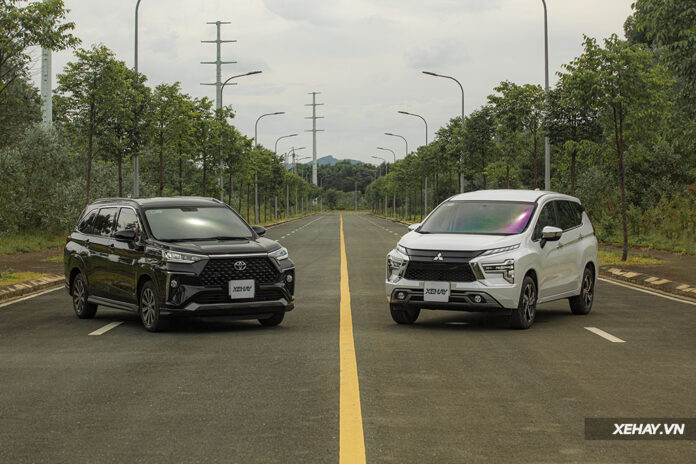
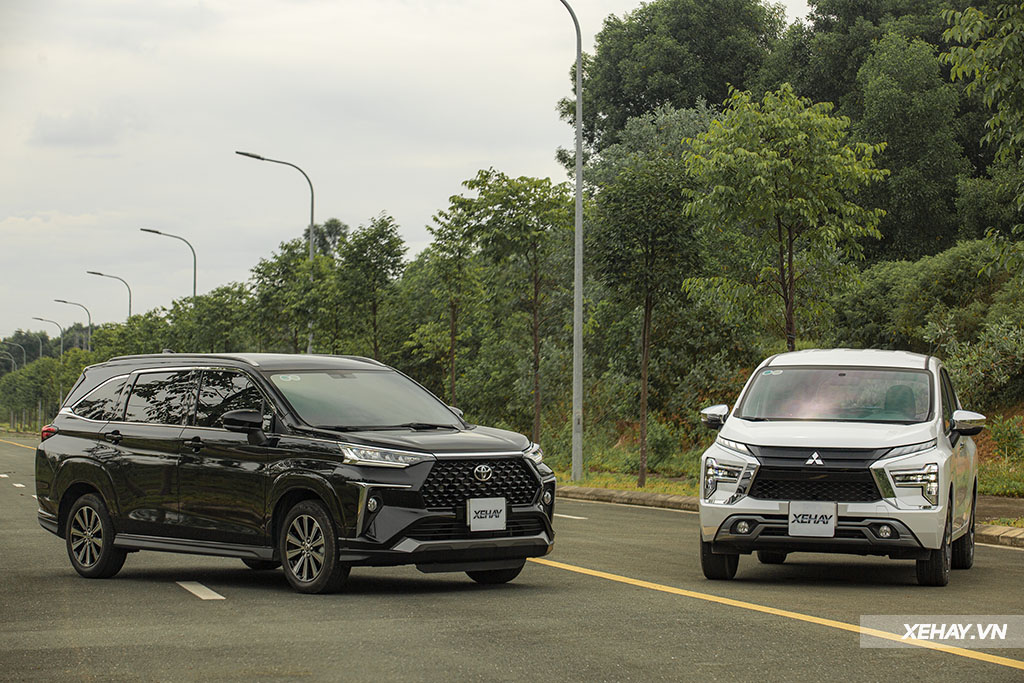
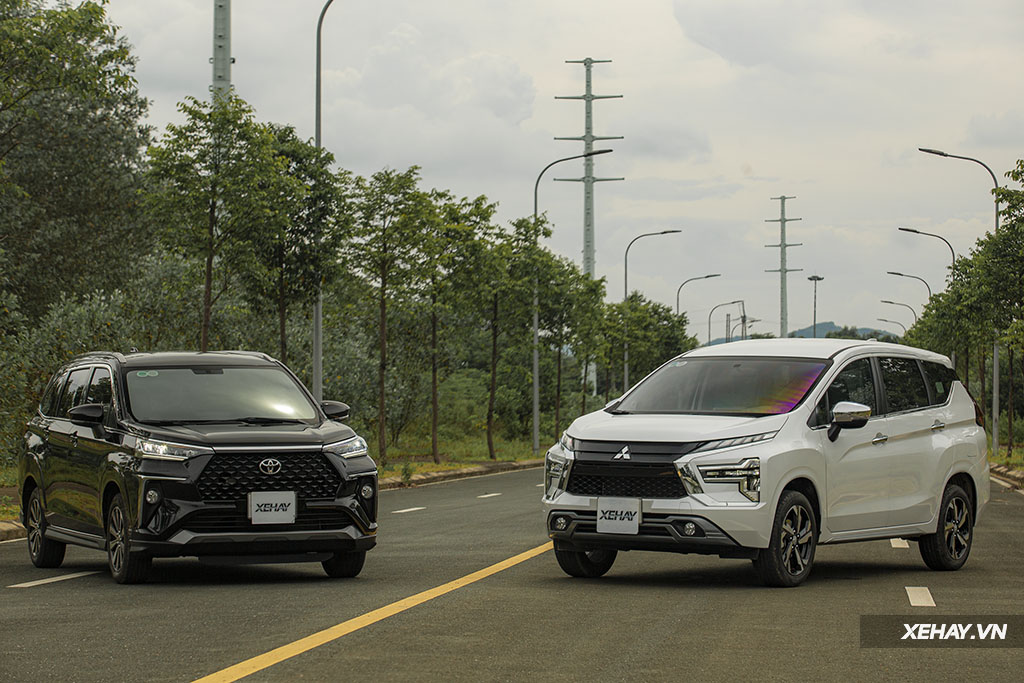


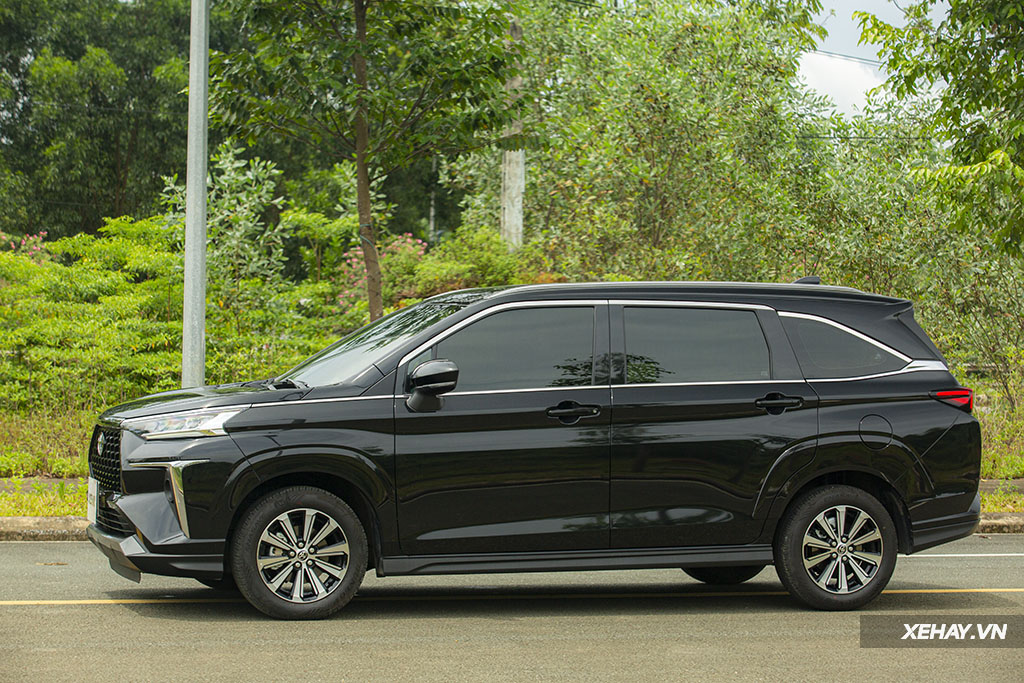
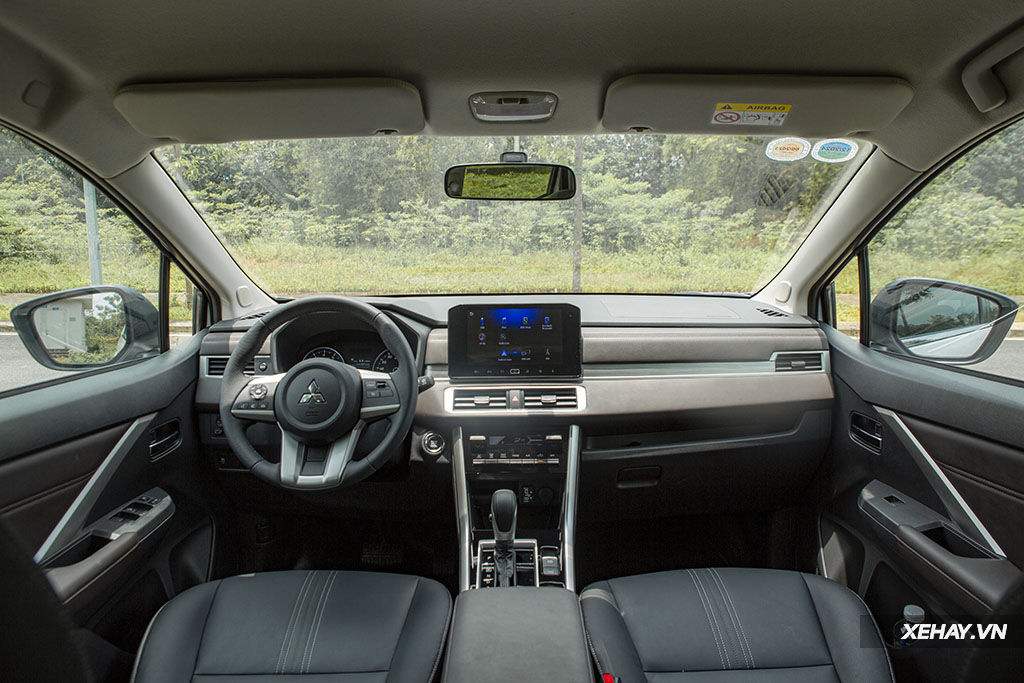
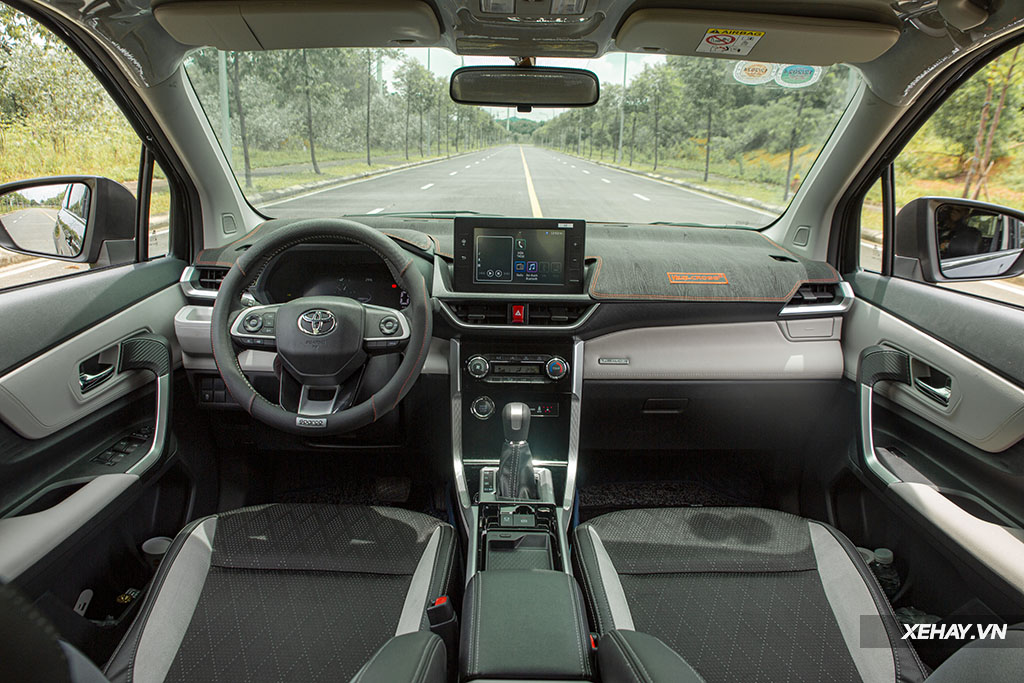
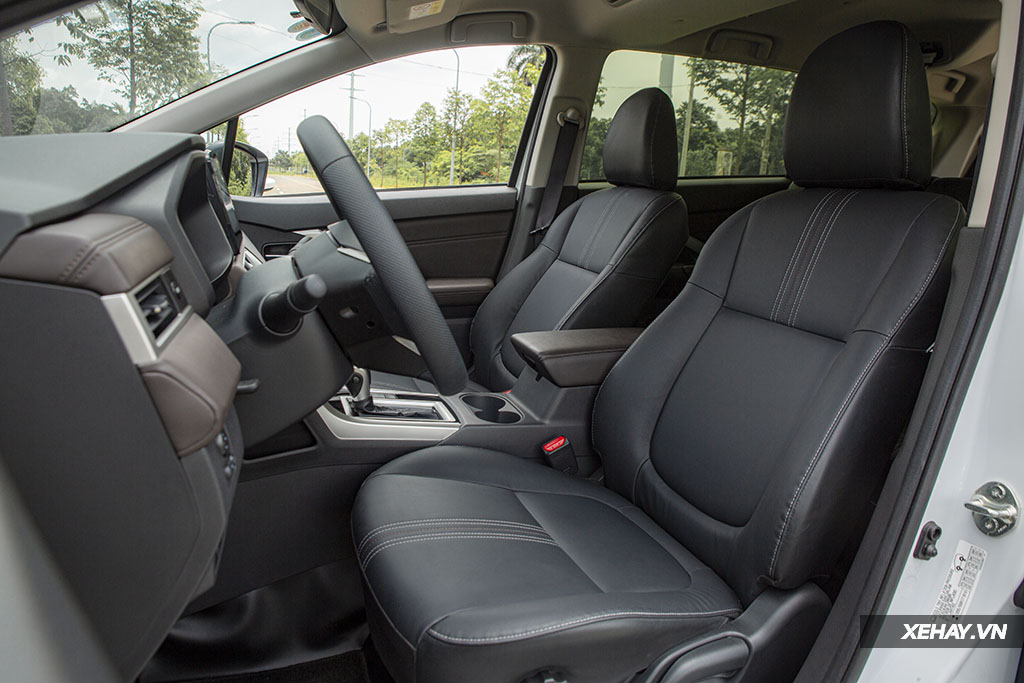
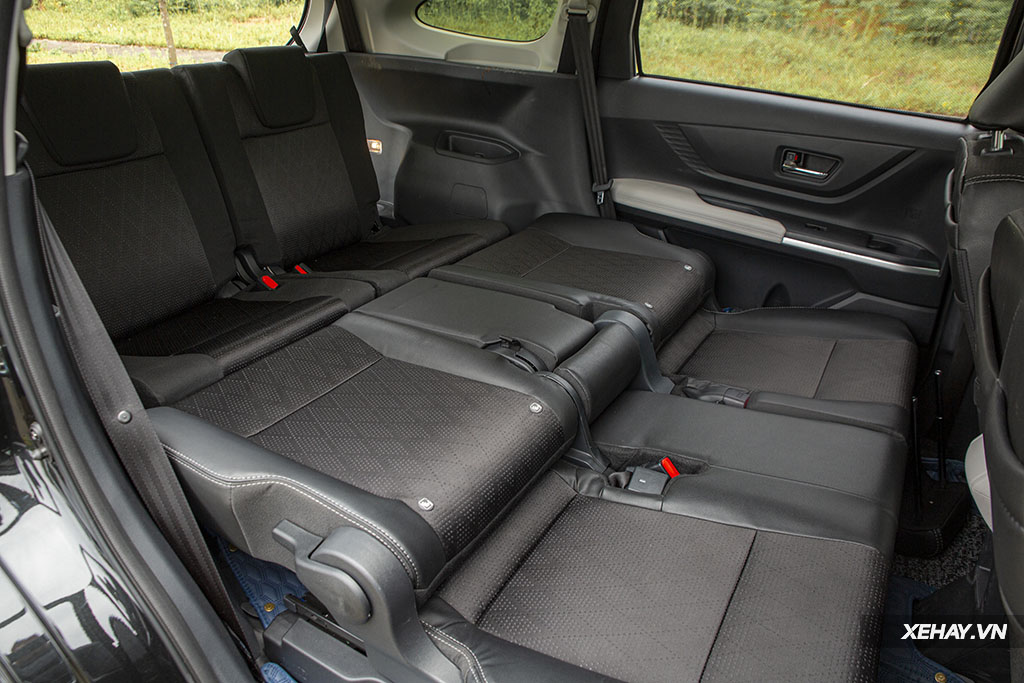

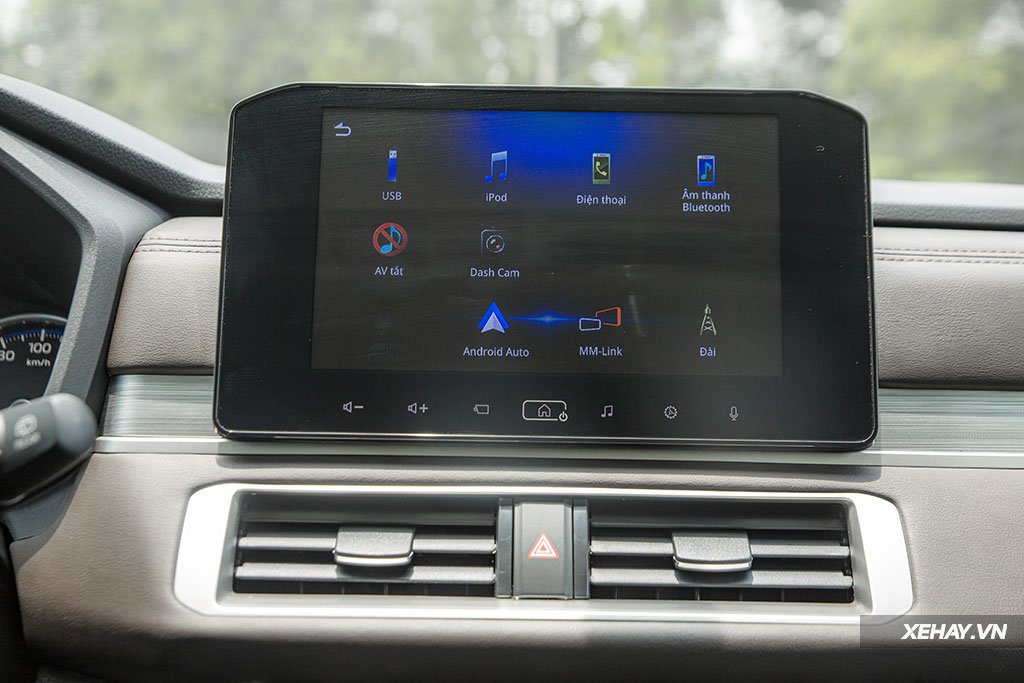
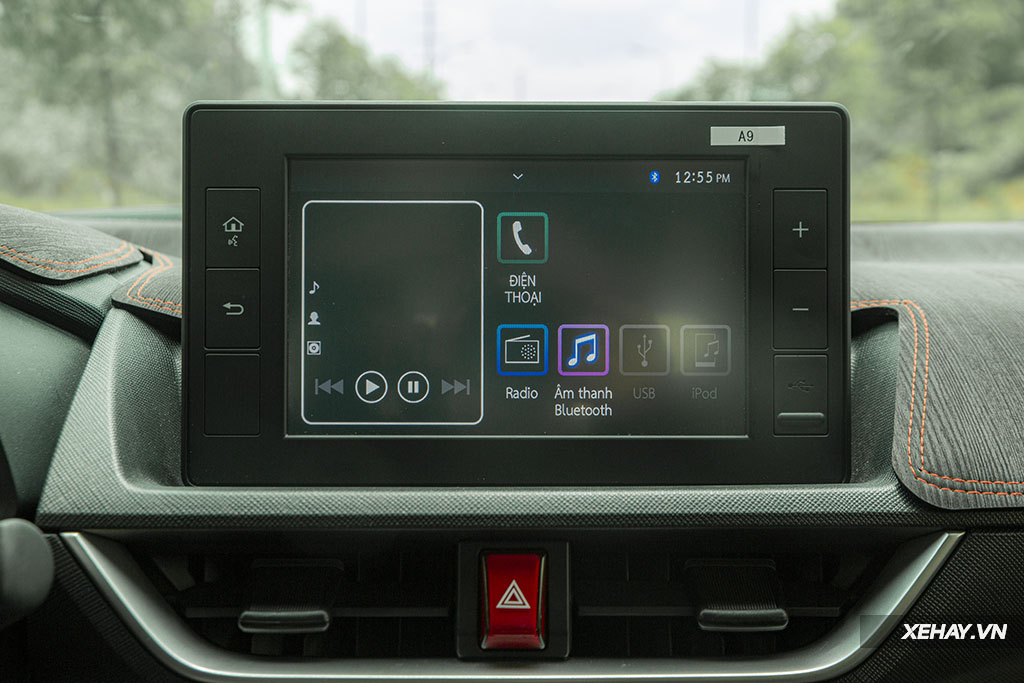
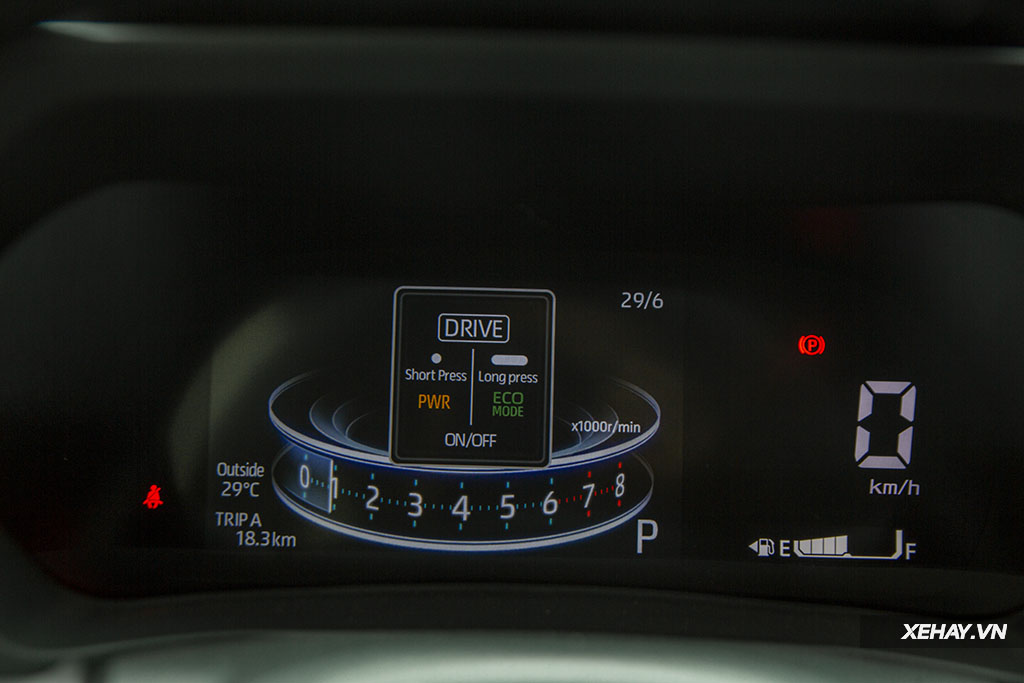
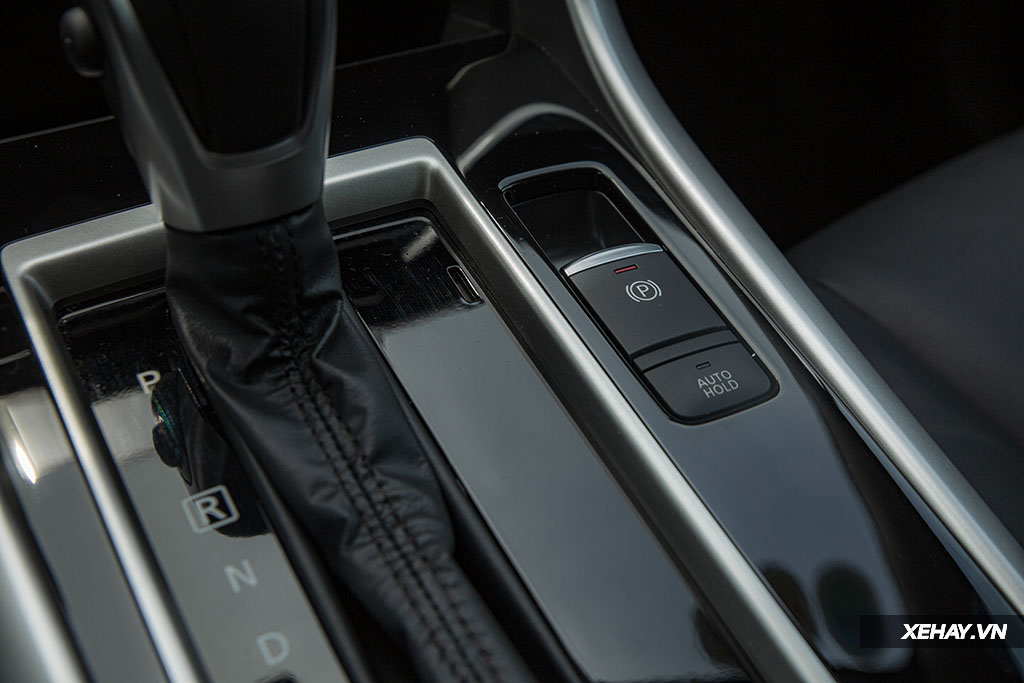
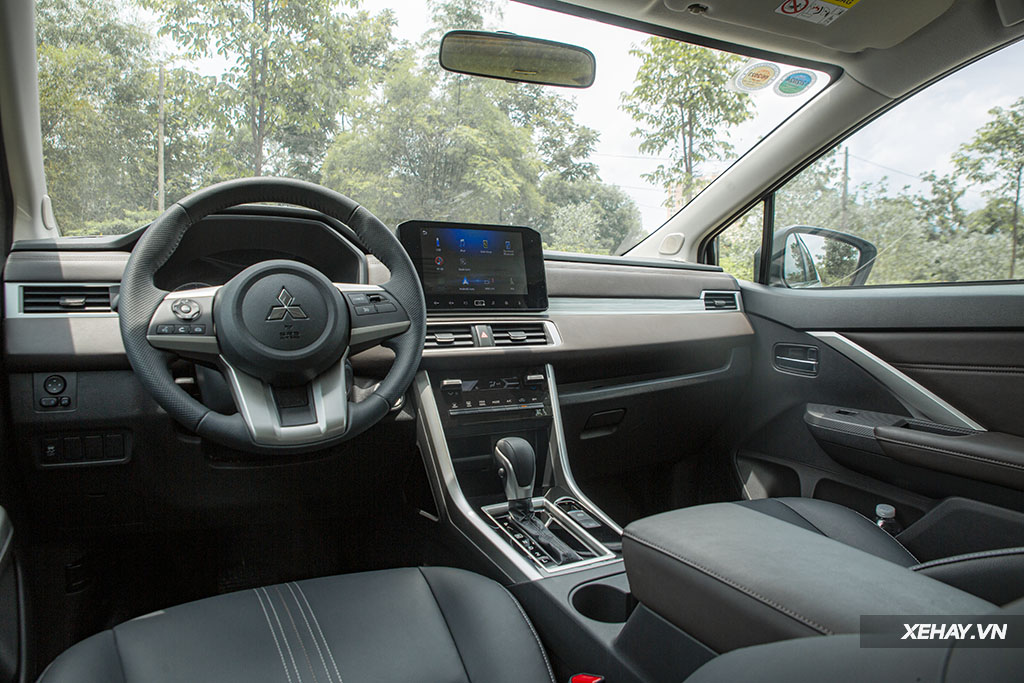



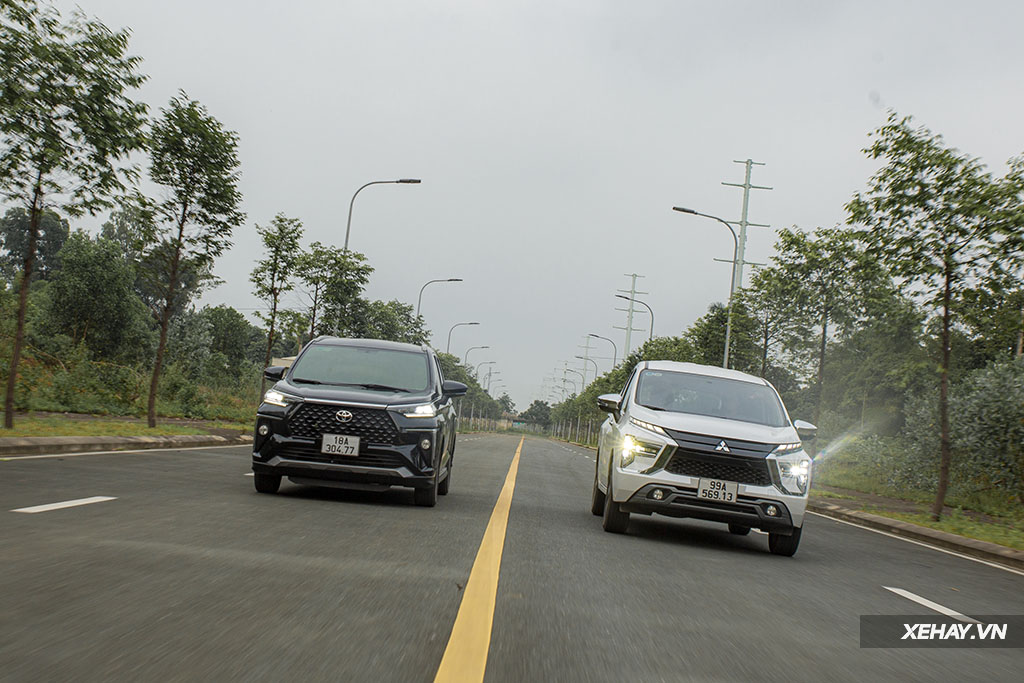
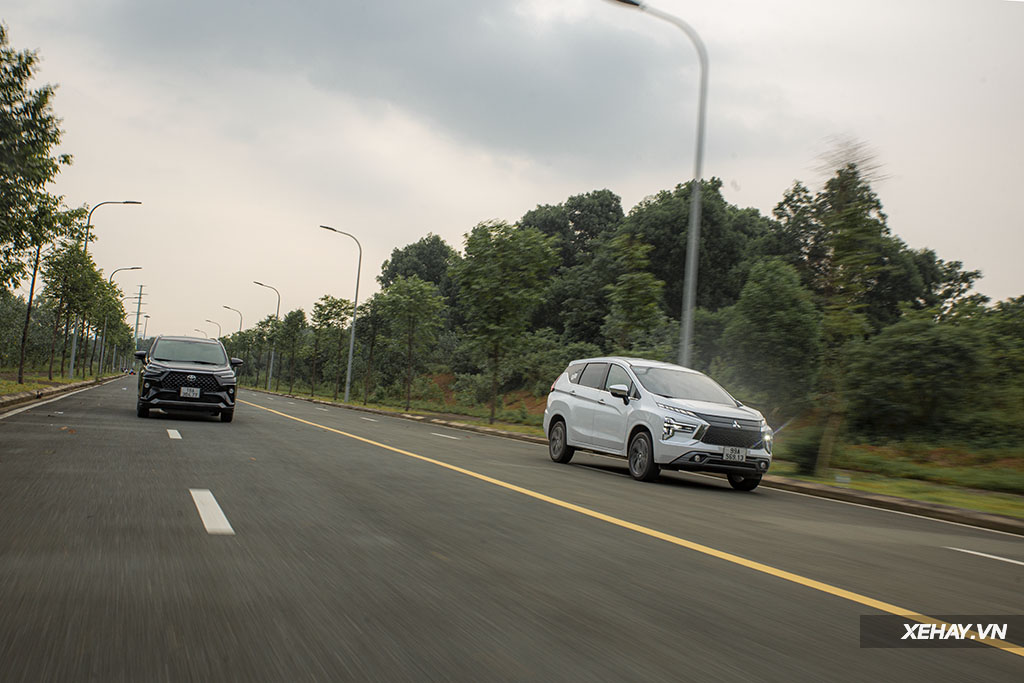
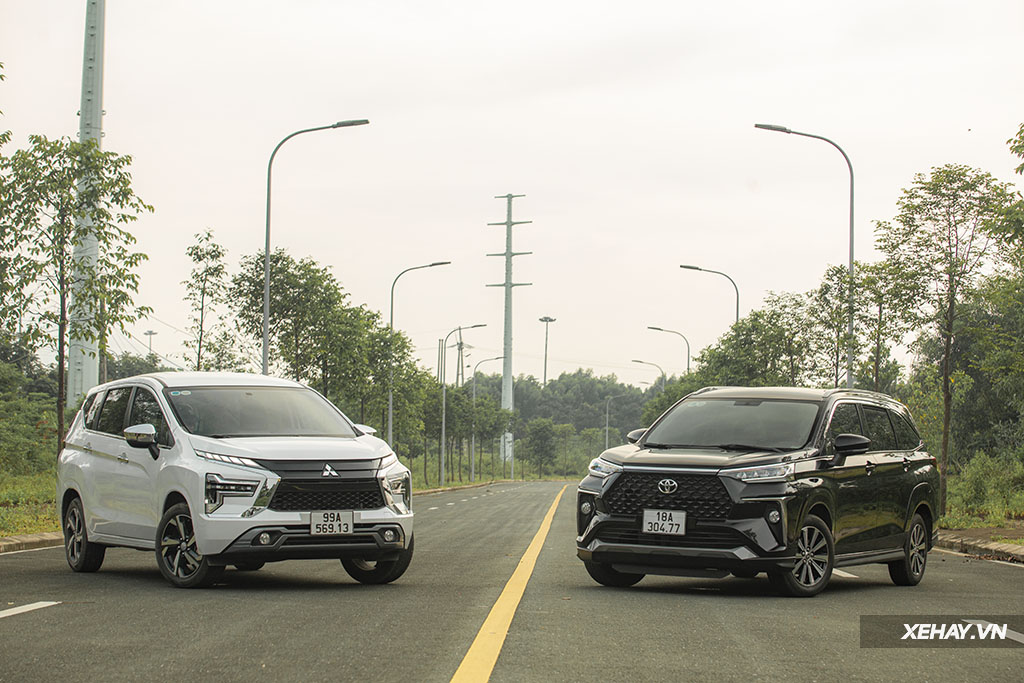
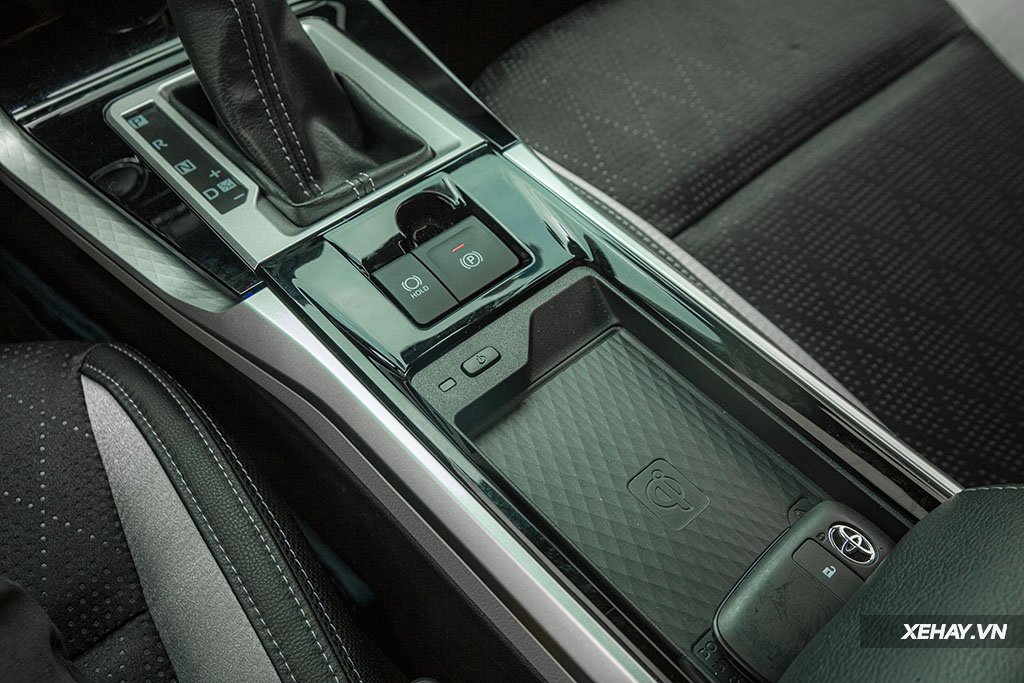
![[CAR REVIEW] Hyundai Custin: Luxurious, Spacious, Modern, and Incredibly Comfortable](https://vnauto.net/wp-content/uploads/2023/10/xehay-hyundaicustin-15092023-4-150x150.jpg)

![[QUICK REVIEW] Toyota Yaris Cross is coming to Vietnam: Putting pressure on Kia Seltos, Hyundai Creta](https://vnauto.net/wp-content/uploads/2023/10/xehay-toyotayariscross-14062023-4-150x150.jpg)










